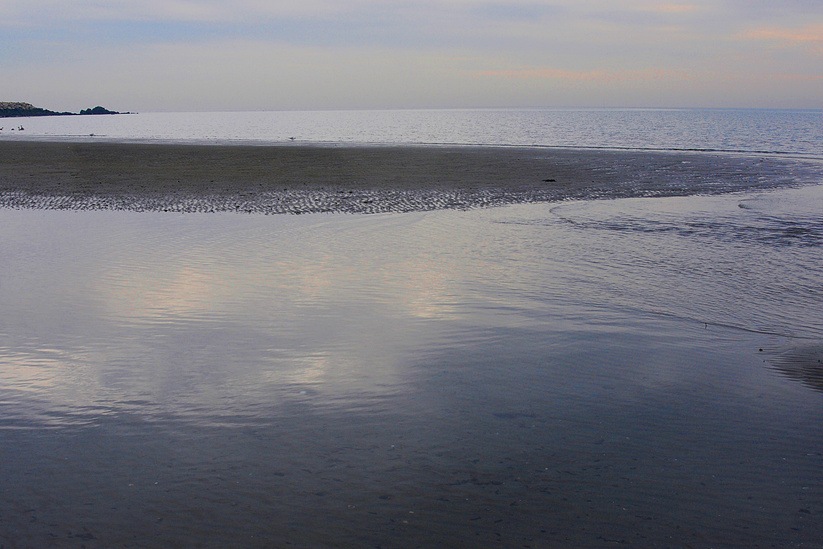Oyster Heaven
I see faces everywhere. First I find the eyes and then a mouth. A nose and ears are fine but not essential to establish a face with character and emotion. I find them in rumpled fabric, on countertops, in rusted metal, as clouds in the sky. The floors of some subway cars in New York drive me crazy. So many strange little mugs there. Like gangs of tourists agog. When I was in exile on the Connecticut coast I found my best faces in oyster shells. Unlike clams, where as if you've seen one you've pretty much seen them all, oyster shells are unique. So textural, the shell exterior is like the age of the Earth, the interior so smooth your thumb must violate it again and again. It's not only the flesh of the oyster that's erotic. It's not only their pearls that are provocative. Of course I'm not the one who must shuck them for minimum wage or less.
Following are faces I found in oyster shells of folks who were lost at sea but now rest in peace in a little cove I call Oyster Heaven.

The Gloucester Fishermen
1623 to Present
To the left is the result of a stoop that started my obsession with oyster shells. At first I called him Slapsie, as in Slapsie Maxie Rosenbloom, a long gone light-heavy weight boxer and comedic film actor once loved by all. But as the project developed and as I found more shells with likenesses of people lost at sea, it became obvious the topic should be introduced by a symbol representative of both the romance and terror inherent of being on the high seas. To that end there is nowhere else in America that has lost so many of its citizens to the sea as Gloucester, Massachusetts.
To the people of Gloucester perfect storms are nothing new. During the winter of 1852 fifteen vessels were lost with their entire crews, representing one hundred and thirty-eight fishermen, causing seventy widows and forty-seven orphans. In 1879 two hundred and twenty-nine fishermen and twenty-nine vessels were lost during a single storm.
"They That Go Down to the Sea In Ships" is the inscription on the pedestal on which the iconic New England fisherman stands behind the helm as he looks out on the harbor at Gloucester and the mighty North Atlantic beyond, his face framed by his oilskin hat, his bearing and his gaze not unlike the face I found in the shell I pulled from a gentle surf.
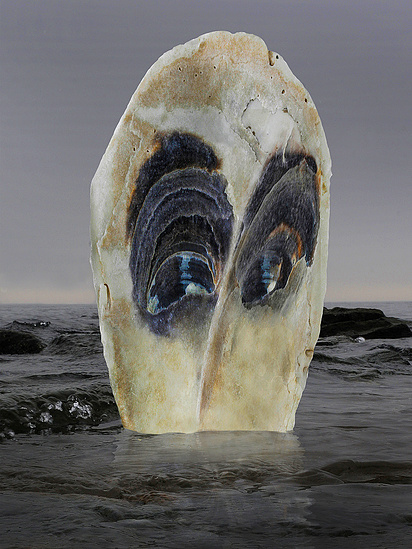
Jane Maria Eliza Cazneau
1807 - 1878
The Woman Who Would Be Queen, Cazneau was more than anything else an enthusiastic, unapologetic American imperialist who may have coined the phrase: Manifest Destiny. She was an outspoken and hugely influential columnist and journalist, an adventurer in the Texas frontier where she befriended Indian chiefs as she had presidents in Washington. She was a supporter of the annexation of many of the islands in the Caribbean and not only Mexico but all of Central America, encouraging William Walker's foray into Nicaragua.
Jane Maria Eliza Cazneau supported the continuation of slavery but opposed southern secession. She was an unofficial diplomat, a political gadfly, a lobbyist, an A-list party guest and the misstress of Aaron Burr. According to Senator Thomas Hart Benton, Jane had a masculine stomach for war and politics. She was lost at sea in a storm off Cape Hatteras during a return trip to Jamaica, her home in self-imposed exile.
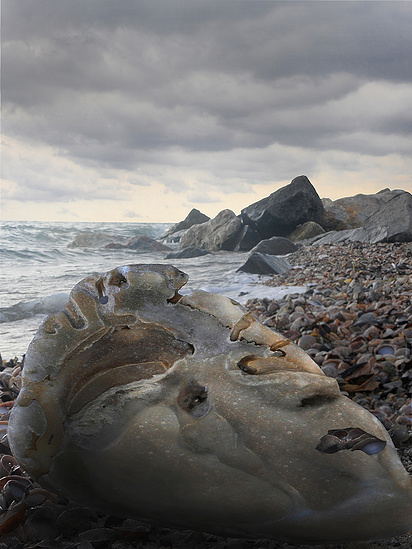
Theodore Cole
1913 - 1937
Slippery Ted Cole did not live long enough to know it but he became a Depression Era icon, not unlike his more famous brethren Pretty Boy Floyd, Clyde Barrow and Machine Gun Kelly. A native of Oklahoma there wasn't a prison nor a jailhouse in the state that could hold the sly and elusive kid from Seminole. Convicted of bank robbery and kidnapping he was sentenced to first Levenworth then Alcatraz, the new escape proof federal pen sitting in the middle of San Francisco Bay. There Ted cooled his heels for a couple years before coming up with a plan for escape he thought would work and hooking up with a partner he knew he could trust.
On December 16, 1937, he and Ralph Roe disappeared from their jobs in a shop situated at the quietest corner of the institution and were never seen again — except by a fellow con who witnessed their attempt then kept his mouth shut while the press made the two fugitives media stars. The truth was as the authorities claimed—they never had a chance, especially on the day and time they chose to make their break: an exceptionally high tide ebbing to create a current of nearly ten miles per hour; the extremely cold water temperature; the location on the north shore of the island where the undertow was at its worst. Sure enough, according to the jail bird when he finally started singing the duo was not in the water for more than a couple minutes when they suddenly vanished, the killer undertow ending their great escape.
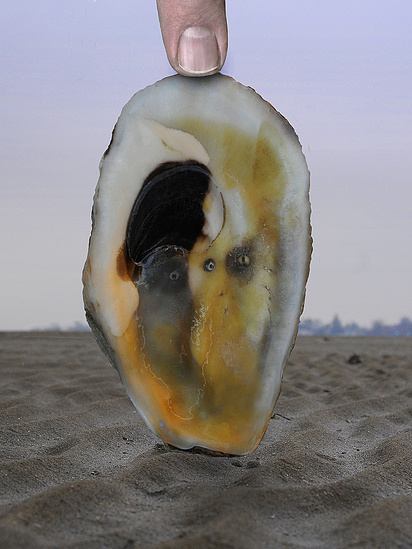
Kemal Reis
1451 - 1511
Kemal, along with his nephew Piri Reis, were the most famous of the so-called Barbary Pirates who operated in the Mediterranean Sea for four centuries. In fact, they were more than just pirates but naval commanders of the Ottoman Empire, their buccaneering actually free-lance privateering while in collusion with various potentates from Egypt to Morocco. While the European Nation were inclined to avoid any unpleasentness by paying tribute, the newly independent United States led by Thomas Jefferson decided to break tradition and put an end to it once and for all, Tom becoming the first Chief Executive to send in the Marines, in the case of the Barbary Pirates, to the shores of Tripoli.
Almost three hundred years before the Marines made the Mediterranean safe for free commerce, while escorting ships carrying supplies for a war with the Portugal, Kemal Reis and his entire fleet was lost in a storm somewhere among the Greek Isles.
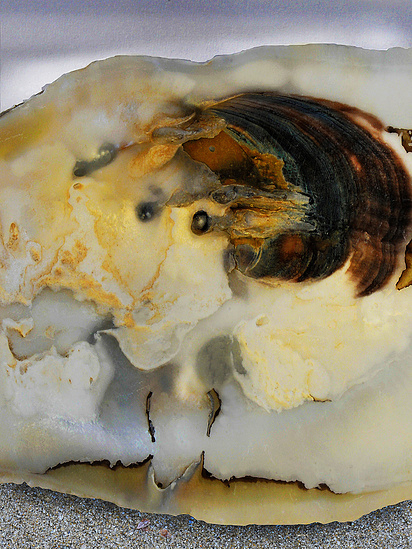
Lulu Mae Johnson
1877 - 1918
Lulu Mae had come from Alabama, arriving in Dawson City just before the turn of the century as a member of a dance troupe or on the arm of a trumpet player. No one knows for sure. Easy on the eyes it wasn't long before she found an admirer and a job at his dance hall, the Flora Dora on Front street. Murray S. Eads was a handsome hell of a fellow from Kentucky who'd quickly become the most successful businessman in town offering what the miners wanted most after gold. Soon Murray and Lulu were a team, she managing the ladies in the rooms upstairs, he the action at the tables on the main floor. With success came money and with money came respectability. But by 1918 the couple had outgrown Dawson and had decided to move on.
In those days the only civilized way to depart the Yukon was on the steamer Princess Sophia which plied the waters of the rugged Canadian coast from Skagway to Vancouver. After a twenty year run Murray and Lulu's lucky streak finally ended with the ships final voyage, the Princess sinking during a blizzard, all souls aboard lost to the icy Pacific, including a Mr. and Mrs. Eads, the likely inspiration for poet Robert Service's Dangerous Dan McGrew and His Lady Known as Lou.

John F. Kennedy, Jr. and Carolyn Bessette-Kennedy
1960 1966 - 1999
Stalked relentlessly by the media, preoccupied with his failing magazine, riding out a stormy stretch of his fairytale marriage to his lovely wife Carolyn, stressed further that day by the tardiness of her sister, John Junior was hardly in a frame of mind to make unanticipated life and death decisions that July evening in 1999.
It was dusk before they were finally airborne. But John Jr. had limited experience flying solo after dark and was incapable of flying using only instruments. Even though he hadn't filed a flight plan nor did he have the radio set to the proper frequency, and even though the visibility was impaired by haze masking the moonlight and obscuring the horizon, they would have very likely enjoyed a routine flight if they had simply followed the lights along the coast to Buzzard Bay where Kennedy would have seen the lights of Martha's vineyard ten miles off to his right.
So to save fifteen minutes, John Jr. chose to veer from the coast, venturing out over the invisible ocean with no horizon line nor light from the moon or land to guide him, no instruments he could read, and of what he knew of flight, little chance to make landfall on a little island in a huge ocean. It was if he'd pulled a black bag over his head just for the hell of it.
When their bodies were found on the ocean floor, all were thought to have died instantly, as if hitting a wall at top speed, evidence Kennedy had no idea at the moment of impact if they were headed toward the Vineyard, to the stars above, or to the ocean below.
